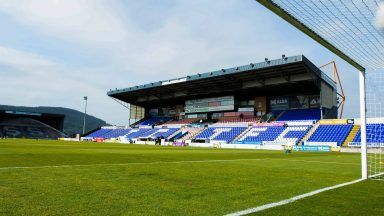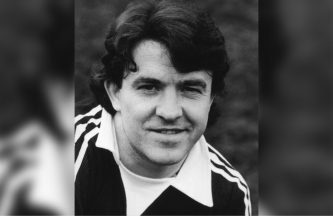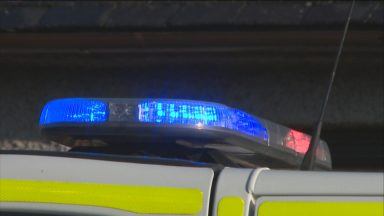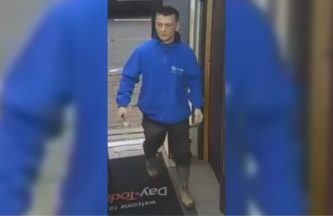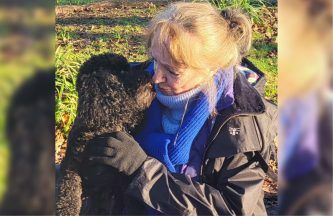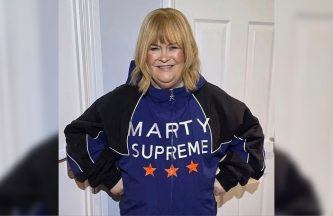Hundreds of children packed into the Glen Cinema in Paisley 90 years ago today.
They were there for a Hogmanay screening of the Western movie Dude Desperado.
But many of them never returned home.
As the film neared its end, a film canister started to smoulder and smoke billowed into the auditorium, sparking fears of a fire.
Youngsters fled in panic and headed for the exits, many towards the escape door that led to Dyers Wynd.
Tragically, the doors were locked and only opened inward.

It transpired there was no fire. But 71 children died and many more were injured as a result of the chaos and confusion that led to the crush.
It remains one of the worst human tragedies in Scottish history, with the date remembered as Paisley’s “Black Hogmanay”.
One of the survivors that day was Emily Brown, who attended the screening with her two sisters.
She managed to escape when a firefighter smashed a window that allowed her to leave the building.
Emily said: “I got separated from my two sisters so when I got out I started to walk along Glasgow Road and my aunt found me and took me home.
“When I got home, both my sisters were already in the house and photographers at the back were taking our picture. I lost quite a few of my friends that day and where I lived in each house six lost a kid that day.”
“I think maybe at times you don’t think about it until maybe you hear about a disaster and people not getting out and it brings it back. I can believe it (90 years since the tragedy), I can’t forget it. I just can’t forget it, it’s just there, it just creeps up,” she added.
News of the disaster spread around the world – letters of condolence from many far-flung countries reaching Renfrewshire. There was also a major legislative response with amendments made to the Cinematograph Act 1909 to ensure all cinemas across the globe had more exits, as well as doors that opened outwards with push bars.

Robert Pope, now 97-years-old, was also at the Glen Cinema that fateful Hogmanay. He told his mother that we wanted to go to the pictures having made some money by selling empty jeely jars.
He says he had a guardian angel as he stayed in his seat when panic broke out around him, instead of joining the rush towards the exit.
“There’s somebody up there looking after me through all of this. When I was young, Hogmanay was just Hogmanay, but now at Hogmanay you think about it (the disaster). It’s good to think that people are still remembering what happened and having services for it,” he said.
“The next thing I knew, they must have been clearing up the hall, and this fireman must have spotted me still sat in my seat. So he come up and tapped me on the shoulder and said ‘What are you doing sitting here sonny? What are you waiting for?’
“I said I’m waiting on the film coming on mister. He said ‘oh, there’s be nae film today sonny boy. You better go home.”
Small white coffins symbolised Paisley’s mourning in the days after the tragedy. The victims were laid to rest in the town’s Hawkhead Cemetery.
Every year the remaining survivors attend a ceremony at the town cenotaph.
The building that housed the cinema – opulent in its heyday – is now largely derelict and in a state of disrepair.
A home furniture store is the only tenant, tucked down an alleyway next to Paisley’s main shopping centre.
On the wall is a small plaque commemorating the victims – a poignant marker to remember the Glen Cinema children.









